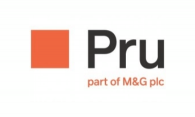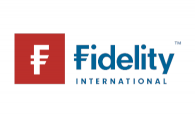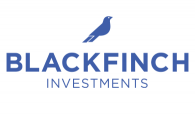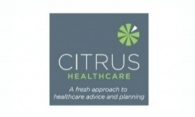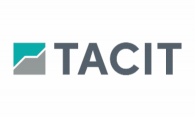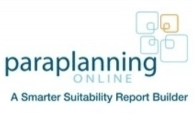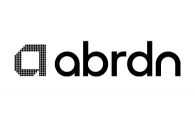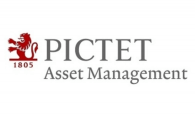I get a sense that most advisers are busy with the tax year end rather than the Spring Statement. We are going to look at that a little later, but first something indicating what advisers may well be mostly up to.
Money Marketing reports that advisers are seeing a surge in demand for clients seeking advice on inheritance tax (IHT) planning, research from investment manager Downing shows.
In Downing’s survey of UK financial advisers and wealth managers, more than two out of five (43%) said enquiries are mainly coming from new clients.
Nearly a fifth (17%) said enquiries are from existing clients, while 39% said it is a mix.
Of course, Downing has skin in the game, and indeed perhaps the advisers surveyed will tend to do more IHT work, and yet, it does feel like the anatomy of a miniboom.
Okay. Now turning to that Spring Statement and Chancellor Rachel Reeves’ second big day out.
It feels as if the Chancellor, bound in by her own assertions on not raising tax and not borrowing beyond the limits of two rules on everyday spending and investment, pulled a rabbit out of the hat last week.
Actually, it was arguably the OBR which had the rabbit by the ears, to rather labour the metaphor with a downgrade to growth for this year, but upgrades for the years out to 2029.
(It is really difficult to find unbiased coverage by the way.) Anyway, here is Sky News reporting that the OBR has forecast growth to hit 1.9% in 2026, 1.8% in 2027, 1.7% in 2028, and 1.8% in 2029.
We would note the cynicism of the Institute for Fiscal Studies – which we quote at length. “First, if you are going to have “iron-clad” fiscal rules then leaving yourself next to no headroom against them leaves you at the mercy of events. Ms Reeves has left herself with the same £9.9 billion sliver of headroom against her target to balance the current budget as she had in October, and a very similar amount of headroom against the target that debt should be falling in 2029–30 (£15.1 billion, down from £15.7 billion in October). All of that adds to uncertainty around policy. We can surely now expect 6 or 7 months of speculation about what taxes might or might not be increased in the autumn.”
This is a headache not just for the Chancellor but also advisers as well because we may be primed for months of speculation about tax changes. For example, and perhaps most damaging, will the speculation about tax free cash begin to ramp up again?
We’ll do a couple more important links at this stage – given the Budget and growth is so housing dependent to the tune of 1.3million more UK homes driving some of that extra growth, we thought we’d look at Inside Housing’s coverage.
In her Spring Statement speech to the House of Commons on Wednesday, Ms Reeves revealed the Office for Budget Responsibility (OBR) is now predicting that 1.3 million homes could be built between 2025-26 and 2029-30, with the potential to hit a “40-year high of 305,000 per year” at the end of that period.
The estimates – based on the government’s planning reforms – would put Labour “within touching distance” of its 1.5 million homes target.
However, the website notes one important caveat that the OBR said there are “several significant uncertainties” around the estimate, with the potential for capacity constraints in the housebuilding sector to hamper delivery.
There have been big moves on late payment of taxation as well. Again a bit of a struggle to find decent coverage. But this is the Chartered Institute of Taxation reporting that the “measures today which it is estimated will bring in an additional £1,055 million a year (£715 million of that in improved debt collection) by the end of the forecast period. Added to measures announced in the Autumn Budget this means the government is projecting its tax compliance and debt collection policies will bring in more than £7.5 billion a year extra by 2029-30.”
Last bit on the Budget. Charities are up in arms at the welfare cuts. This is from an analysis from the Josepth Rowntree Foundation and the Resolution Foundation.
"50% of people receiving the health-related element of Universal Credit (LCWRA) are either unable to heat their home, behind on bills, or have low or very low food security, compared to 11% in households not receiving any UC or Personal Independence Payments (PIP).
"There are 900,000 children living in a household where someone receives LCWRA, the main health-related benefit for those receiving UC."
Finally, lets look at a non-Budger related feature - Tom Hind head of commercial at Saturn AI has put together a very thorough article regarding AI in Money Marketing. And of course, he is also advocating the embrace of the technology, but I like a lot of his points.
“The key to embedding AI successfully lies in preparation, thoughtful implementation and a commitment to ongoing improvement. Crucially, it’s not AI alone that creates efficiency and value; rather, AI acts as a turbocharger for already brilliant processes, amplifying their effectiveness and delivering extraordinary results.”
